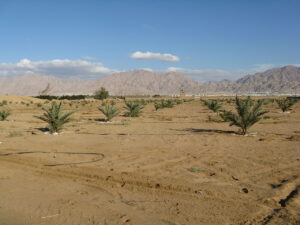The Iron Age Sites in the Negev Highlands, Israel Finkelstein, Biblical Archaeology Review(12:4), Jul/Aug 1986.
Military Fortresses or Nomads Settling Down?
Rudolph Cohen’s redating of some of his “Solomonic fortresses” to the Persian period will not be enough to satisfy many scholars.
Some will continue to question the date of the remaining fortresses Cohen dates to the tenth century B.C. But instead of lowering the date for those fortresses to the Persian period (538–332 B.C.), the scholars would raise it to the late 11th century B.C. So instead of associating the fortresses with King Solomon and the defense of his southern border, as does Cohen, they would associate them with the time of King Saul or with the time of the Judges, and more specifically with a southward expansion of the tribe of Simeon into the Negev highlands.
But the uncertainty of dating is not the only problem. Some archaeologists, including myself, question whether these structures are military fortresses and even whether they are Israelite sites at all.
Of the more than 45 sites in the Negev that have been identified as Iron Age fortresses, 26 have been at least partially excavated in recent years. The remainder have been identified and characterized on the basis of surface remains.
Read the rest of The Iron Age Sites in the Negev Highlands in the online Biblical Archaeology Society Library.




